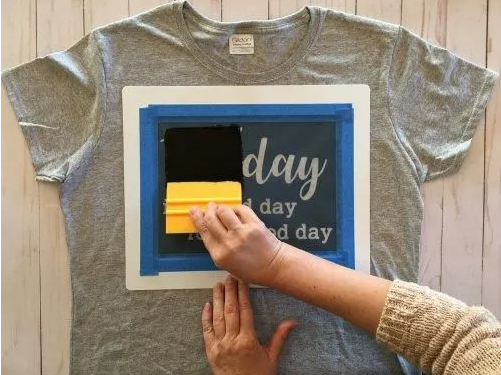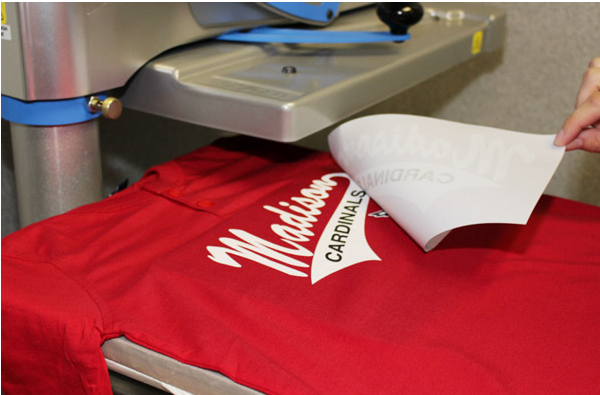Most of all garment manufacturer is making print in the following ways:
Screen Printing: The Traditional Favorite
Screen printing is one of the most common and well-known T-shirt printing methods. It involves creating a stencil, or screen, for each color in the design. Ink is then forced through the open areas of the screen onto the T-shirt fabric. This process is great for bold and simple designs. It allows for vibrant colors and good color opacity. The setup cost for screen printing can be a bit high, especially if you have a design with many colors. But once the screens are made, the cost per unit decreases, making it cost-effective for large print runs. For example, if you are printing T-shirts for a big event or a sports team, screen printing can give you a professional and long-lasting result.

Direct-to-Garment (DTG) Printing: High-Resolution and Detailed
DTG printing is a more modern technique. It uses a specialized printer that sprays ink directly onto the T-shirt. This method is excellent for complex and detailed designs, like photographs or intricate illustrations. It can reproduce a wide range of colors and gradients with high precision. The advantage of DTG is that there is no need for creating screens, so it’s suitable for small orders. You can print just one or a few T-shirts without a large upfront investment. However, the printing speed is relatively slow compared to screen printing. And the ink cost per T-shirt is higher. But if you want unique and personalized T-shirts, DTG printing is a great choice.

Heat Transfer Printing: Versatile and Easy
Heat transfer printing involves using a heat press to transfer a printed design from a special paper or vinyl onto the T-shirt. It’s a very versatile method. You can use pre-printed designs or create your own custom transfers. It works well for both light and dark colored T-shirts. The process is relatively quick and easy, and you don’t need much technical expertise. But the quality of the print may not be as durable as screen printing or DTG in the long run. The transfer material might peel or fade after multiple washes. Still, for short-term promotional T-shirts or for adding small logos and text, heat transfer printing is a convenient and affordable option.


